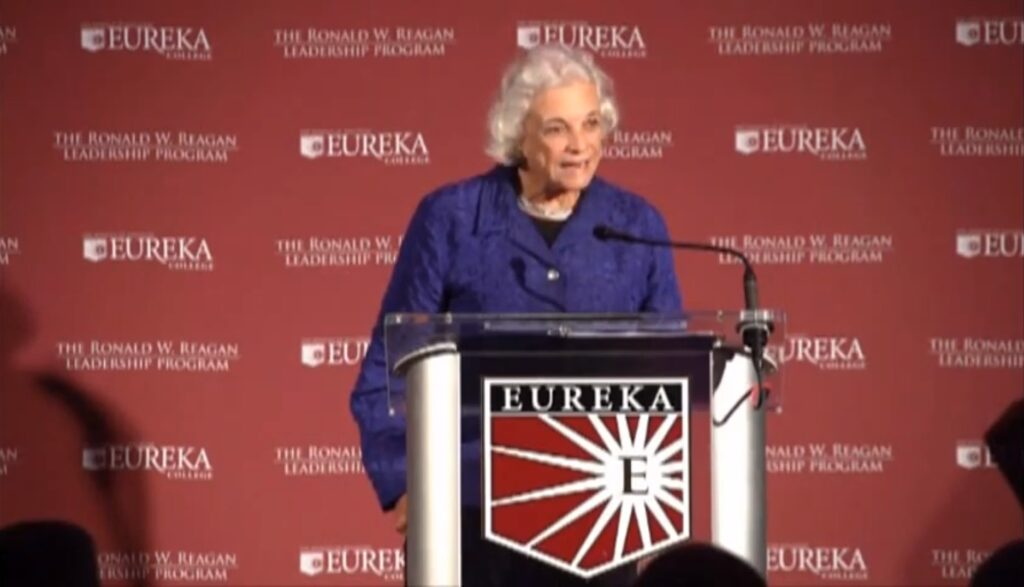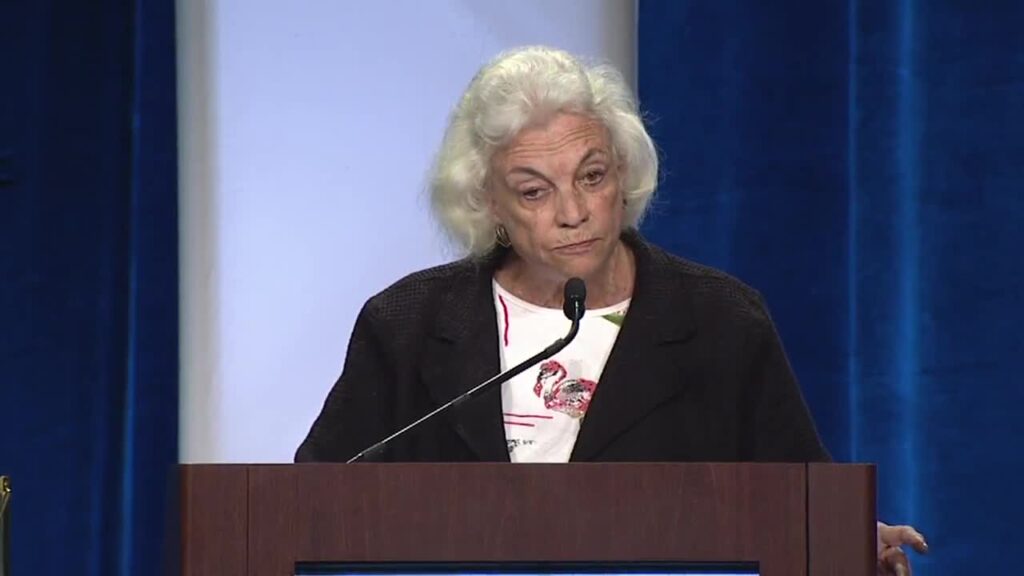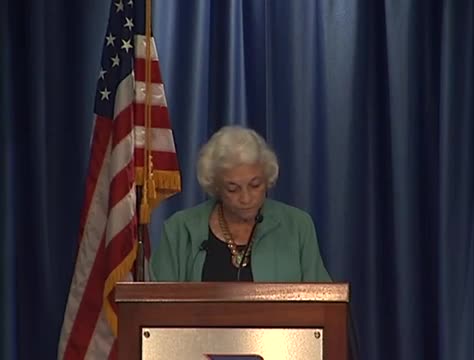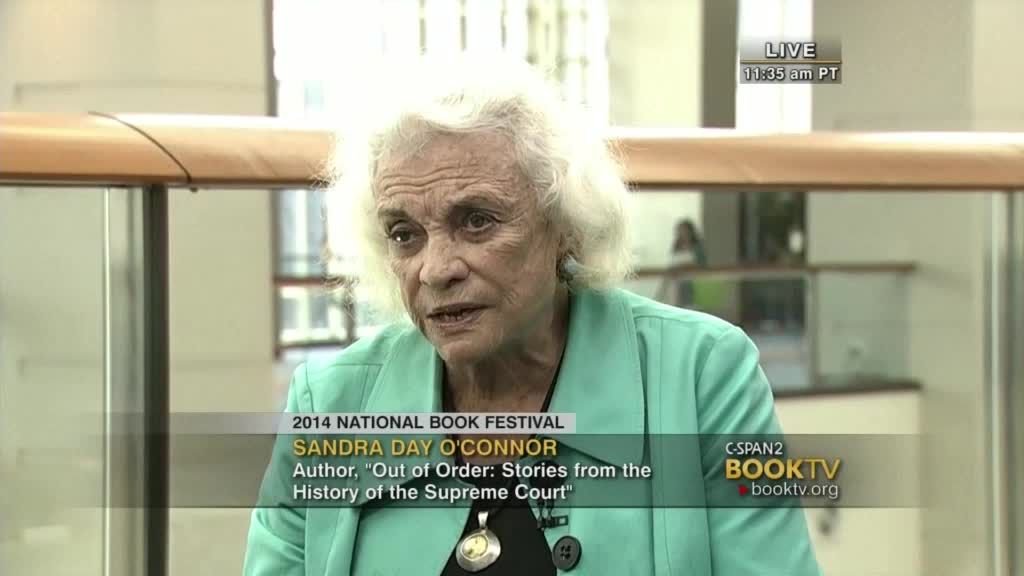“Why Judges Wear Black Robes” in Smithsonian magazine
Justice Sandra Day O’Connor on Why Judges Wear Black Robes
The Supreme Court icon breaks down the tradition
By Sandra Day O’Connor
Smithsonian magazine,
November 2013.
The simple black judicial robe has been a part of my life for nearly four decades. I first wore one in 1975 when I became a trial judge in Arizona. When I was appointed to the Supreme Court of the United States, in 1981, I brought that same robe with me to Washington and wore it on my first day on the bench. Although I retired in 2006, I still wear a robe in my role as a “circuit-rider,” sitting frequently , as many retired justices do, on various federal Courts of Appeals across the country.
It is surprising to me how little we know about where this plain black judicial uniform comes from. Colonial judges in England wore robes, and the tradition took off on American soil as well. But English judges also wore colorful robes and ornate wigs—a tradition that was not adopted in the United States. Some speculate that the Supreme Court began with more colorful attire; the court’s official portrait of the first chief justice, John Jay, shows him in a robe of black and red with white borders. The story, perhaps apocryphal, is that Thomas Jefferson himself objected to such unnecessary pomp: As an ardent supporter of modest republican citizenship, Jefferson was against “any needless official apparel,” especially “the monstrous wig which makes the English judges look like rats peeping through bunches of oakum.” It is







